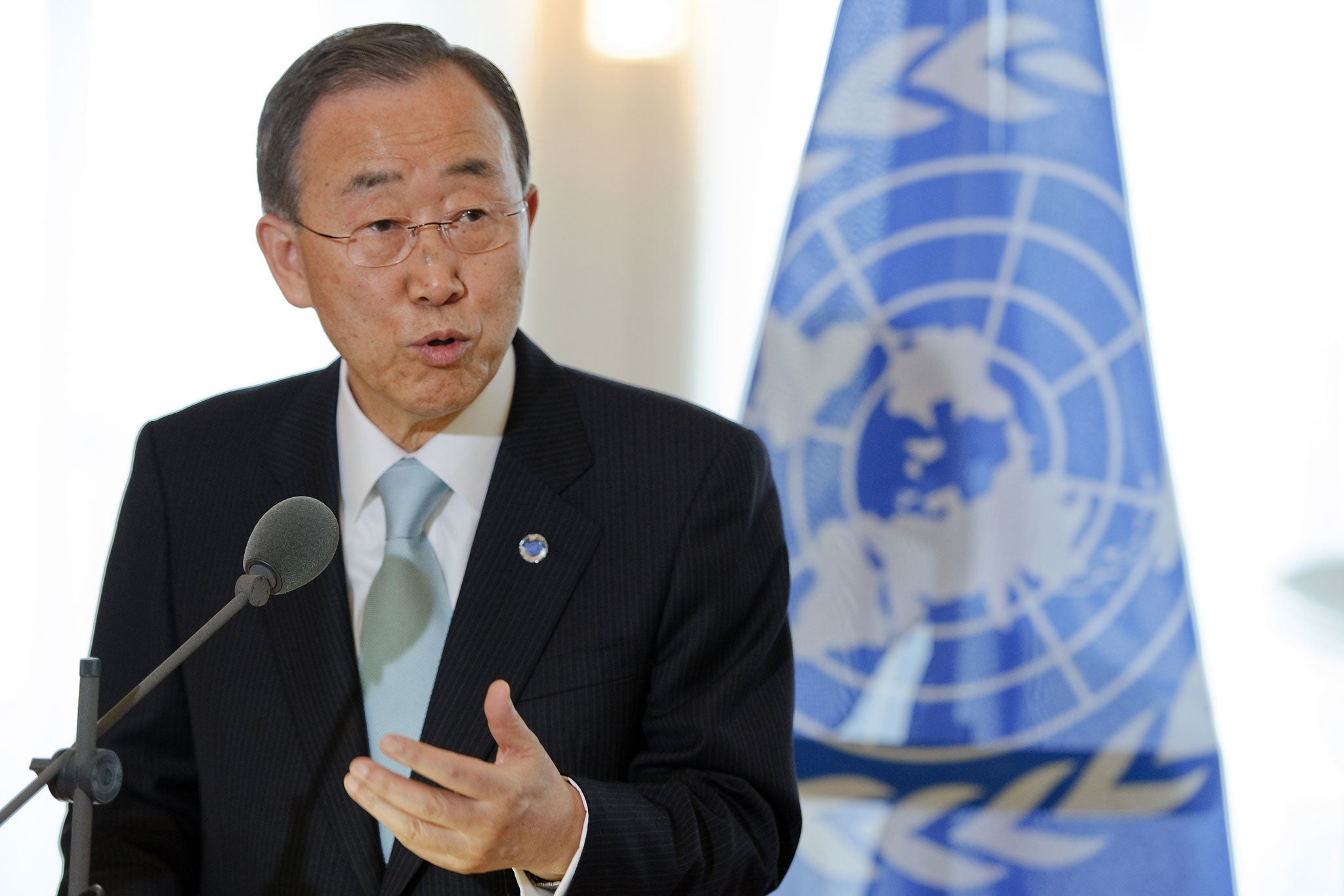It’s time to offset the UN’s carbon footprint
The UN created the world’s most effective offset mechanism but astonishingly fails to use it for its own carbon emissions. This has to change

The United Nations’ portal on Climate Change is impressive.
There is a “Secretary General” page stating that Ban Ki-moon calls climate change “the defining issue of our time”, and “has made addressing climate change among his top priorities as UN Secretary-General and an important component of his Five Year Action Agenda”. Wonderful.
There is “The Science” page, emphatically acknowledging that climate change is an existential issue for our planet and clearly presenting the scientific back up. I couldn’t agree more.
There is an uplifting “Take Action” page explaining how we can “all personally make a difference” enticing readers to lead a low carbon life, know their carbon footprint, and plant trees. Laudable.
And there are 38 organizations listed as “United Nations Partners on Climate Change,” most of which are arms of the United Nations but some of which (for example the World Bank and the IMF) are not. Great.
I could go on – the website is well worth a visit.
The problem? Neither the United Nations nor its 38 Partners on Climate Change practice what they preach. They all talk a great game on reducing carbon emissions, and encourage the industrialized world to use carbon offsetting as one of many ways in which to reduce its carbon footprint, but none of them are actually carbon neutral themselves.
Sure, most of these organisations report on their GHG emissions (I managed to find a 2011 UN inventory), but the vast majority stop short of offsetting their emissions, citing assorted excuses including budgetary restrictions, a lack of direction from their executive group and a preference to reduce emissions first. Furthermore, while many of the organizations are doing the minimum (implementing good practices and reducing emissions where possible), over 50 per cent of their emissions are from air travel - which unless they all stay put, can only be eliminated via offsetting.
Let me explain. In 2005, the United Nations launched the Clean Development Mechanism (CDM) as a way of allowing emission reduction projects (such as renewable energy) in developing countries to earn tradable carbon credits, called Certified Emission Reductions (CERs). Each of these CERs is equivalent to one ton of CO2 avoided through the project’s technology. These can be bought by industrialized countries to pay down what could be seen as their carbon debt: the quantity of harmful greenhouse gases they are emitting over and above their targets. Under this scheme, a factory in Germany can meet its emissions targets by funding a waste to energy project in China – allowing it time to transition to cleaner production methods without retiring operational plant, firing staff or facing bankruptcy.
Over little more than a decade, the CDM has enabled the investment of $215 billion in clean energy projects – reducing global greenhouse gas emissions by more than 1 billion tons and delivering large sustainable development benefits to millions of people. What’s more, it has encouraged developing economies’ governments to follow the CDM’s lead and further invest in clean energy. It is by far the most successful environmental offsetting mechanism the world has ever seen, and a valuable contributor to sustainable development.
However, the system is grinding to a halt because an imbalance in supply and demand is causing the price of CERs to plummet.
This brings me back to my original point – that of the UN talking the talk, but not walking the walk. Yes, it is working hard to improve its resource efficiency and reduce its carbon footprint, but unless it ceases to exist altogether, it is not physically possible to reduce its emissions to zero. Why not, then, put its money where its mouth is and offset the remainder?
Such bold action would lend the UN a credibility based on facts and deeds, as well as help restore faith in the very mechanism the UN is promoting to assist in securing the future of clean energy investment.
Ahead of last year’s Rio+20 summit (where the UN chose to merely offset the travel of its own staff – less than 1 per cent of its total emissions), Ban Ki-moon said, “The United Nations has played a key role in elevating the profile of climate change on the international agenda, and continues to support Member States in their efforts to reduce emissions, strengthen adaptation and respond to this immense global challenge. Such work has a natural complement in our in-house drive to reduce the UN’s own carbon footprint. What we demand of others, we must do ourselves.”
Wise words indeed, Mr. Ban. It’s time to live by them.
Please visit change.org and let Ban Ki-moon know if you agree.
Join our commenting forum
Join thought-provoking conversations, follow other Independent readers and see their replies
Comments
Bookmark popover
Removed from bookmarks